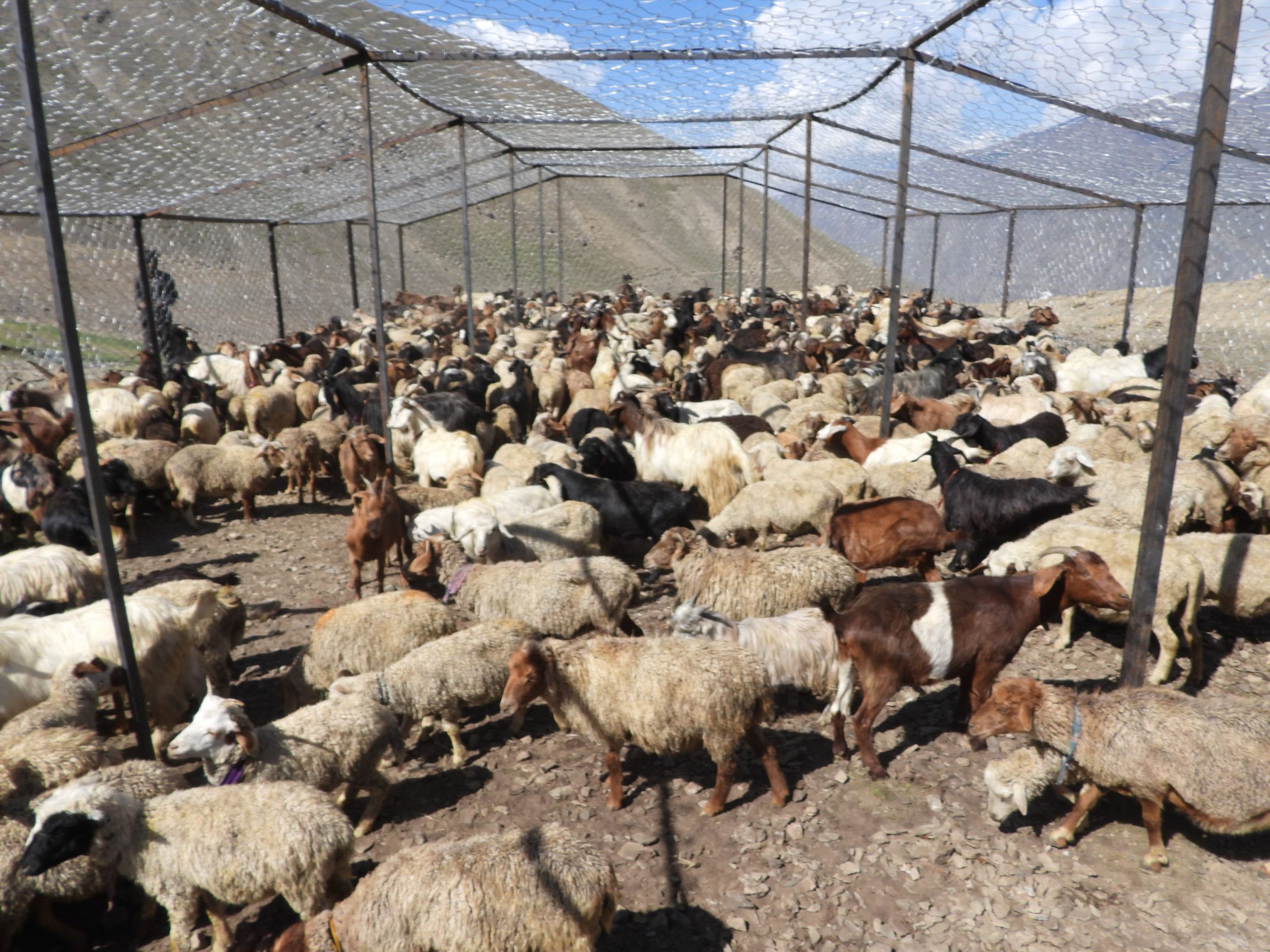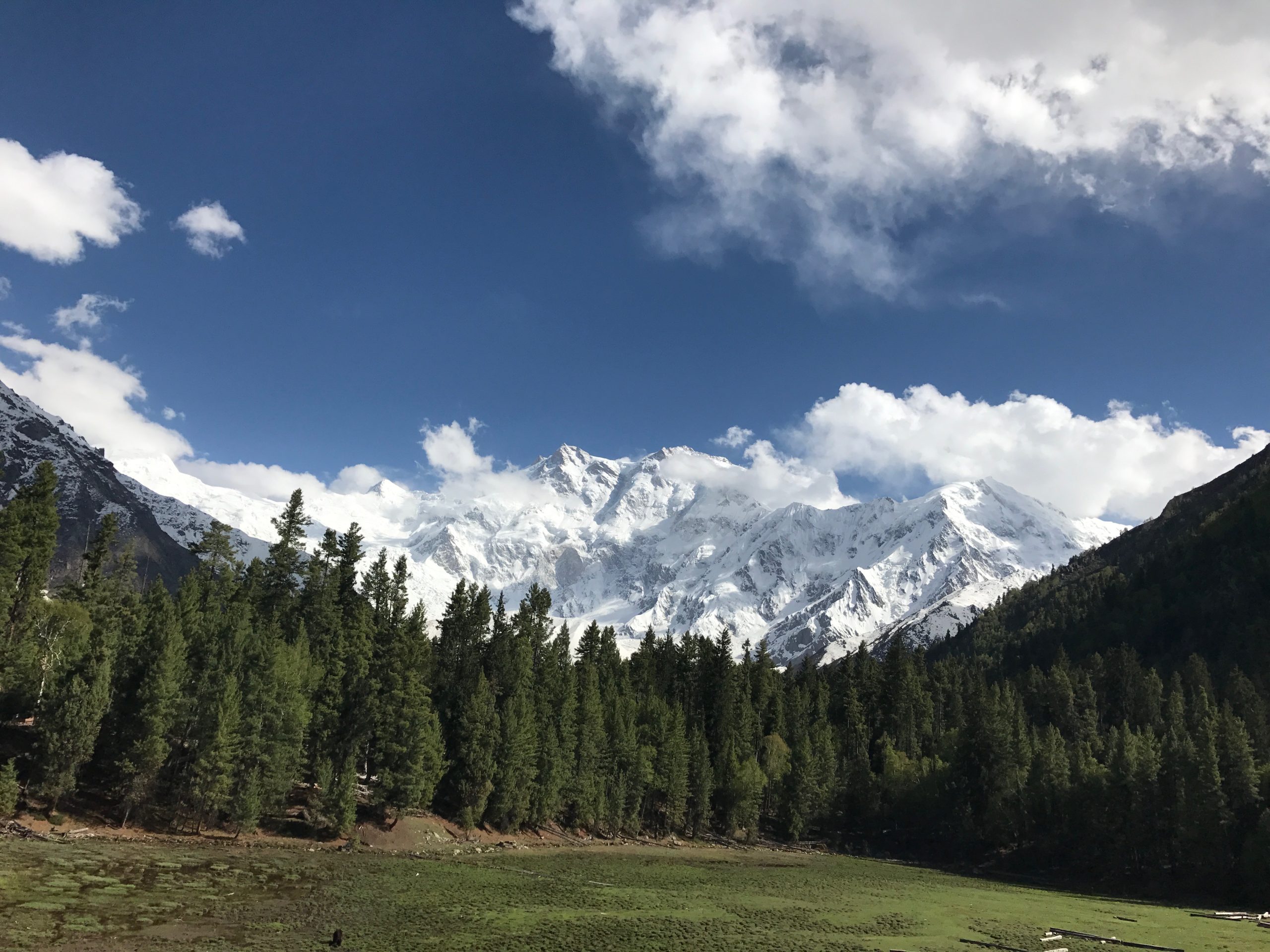“Snow leopards are our enemy,” says Muhammad* in despair after losing six livestock to a recent snow leopard attack. Muhammad’s story is not unique. On July 17, 2020, a family of four snow leopards killed nearly 100 livestock in the early morning in Rost Perpaikis, a village in Khunjerab National Park (KNP). Snow Leopard Foundation (SLF) interviewed Muhammad and other affected villagers, all struggling with the emotional and financial toll of such large-scale losses.
“For livestock herders like us, life is already hard. We work all day, and at night, we sleep deeply, only to wake up and find that snow leopards have destroyed our livelihood in minutes. All our hard work is lost,” Muhammad explains, his frustration and grief evident.
For herders like Muhammad, snow leopard attacks can mean the difference between providing for their families or facing poverty. In remote areas like Barkhun, farmers rely on selling their livestock to make a living. When an attack occurs, it devastates entire communities overnight, leaving them with nothing.
As SLF documented the herders’ losses, it was easy to understand their frustration. However, SLF’s research shows that snow leopards are not the true enemy. These big cats are also victims of ecological changes. Due to climate change, habitat loss, and hunting, the snow leopards’ natural prey, such as ungulates (hoofed animals), are declining. This forces the snow leopards to prey on livestock to survive. As apex predators, snow leopards play a crucial role in maintaining the delicate balance of the ecosystem.
Human-carnivore conflict, where herders retaliate by hunting the snow leopards, is one of the major challenges in conservation. Killing these predators only exacerbates the problem by disrupting the ecosystem further. Studies show that reviving the populations of natural prey, like ungulates, can reduce snow leopard attacks on livestock. Research from the Trans-Himalayas indicates that as wild prey increases, livestock losses decrease (Bagchi, Sharma, Bhatnagar, 2019).
While restoring wild prey is a long-term solution, it takes time. In the meantime, other methods are needed to reduce human-carnivore conflict. One such solution is predator-proof corrals, which SLF has been successfully implementing in many project areas.
Traditional corrals, made of stone and wood, were not designed to keep predators out. They were built to gather livestock in one place during the night, not to protect them from carnivores. Historically, herders would take turns guarding the animals and using loud noises to scare off predators. However, with the decline of traditional herding practices, and with modern lifestyles taking over, much of this historical wisdom has been lost.
Conventional corrals, typically around three feet high, are no match for snow leopards. Their low walls and open roofs make it easy for predators to jump in, resulting in mass livestock killings.
SLF’s predator-proof corrals, however, are designed with the support of construction engineers and use sustainable materials. These corrals are fortified with higher walls, reinforced with concrete or steel, and topped with barbed wire or mesh-net to prevent snow leopards from entering. Strong wooden doors and metal window grates provide further protection.
Such simple, cost-effective upgrades—metal, wood, and wire—can make all the difference. These predator-proof corrals protect not only the livestock but also the livelihoods of herders like Muhammad, helping to prevent retaliation killings of snow leopards and fostering coexistence between humans and wildlife.
“It’s heartbreaking to think that by adding just a few materials, we could have saved the livestock and livelihoods of farmers like Muhammad,” said an SLF spokesperson. “But the good news is that these innovations can make a big impact in snow leopard habitats.”
As Muhammad concluded his interview with SLF, his despair began to turn to hope. “My request to Prime Minister Imran Khan is to help people like us, living in remote areas alongside wildlife. Please compensate us for our losses, but more importantly, build structures that can protect our livestock and our future,” Muhammad said.
With continued efforts and support, predator-proof corrals offer a sustainable solution to saving livestock, livelihoods, and the endangered snow leopard.



